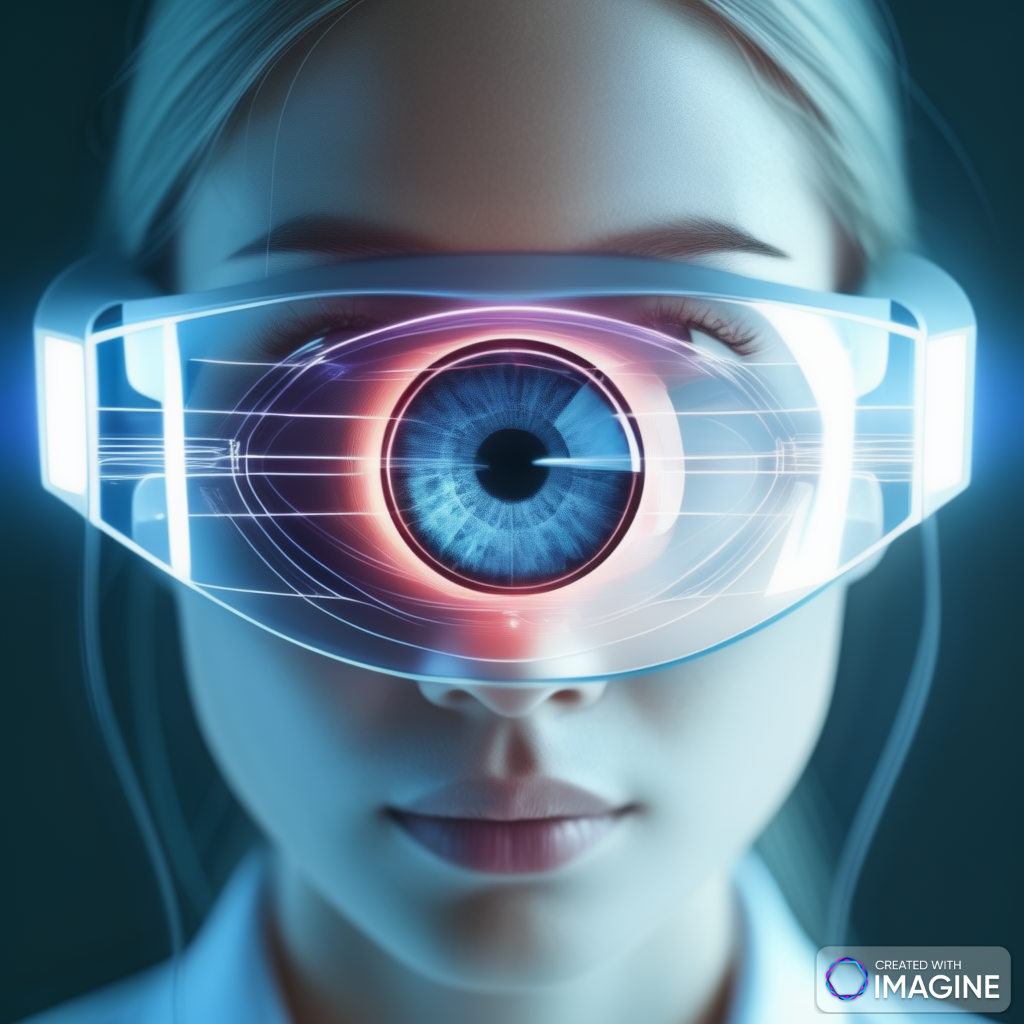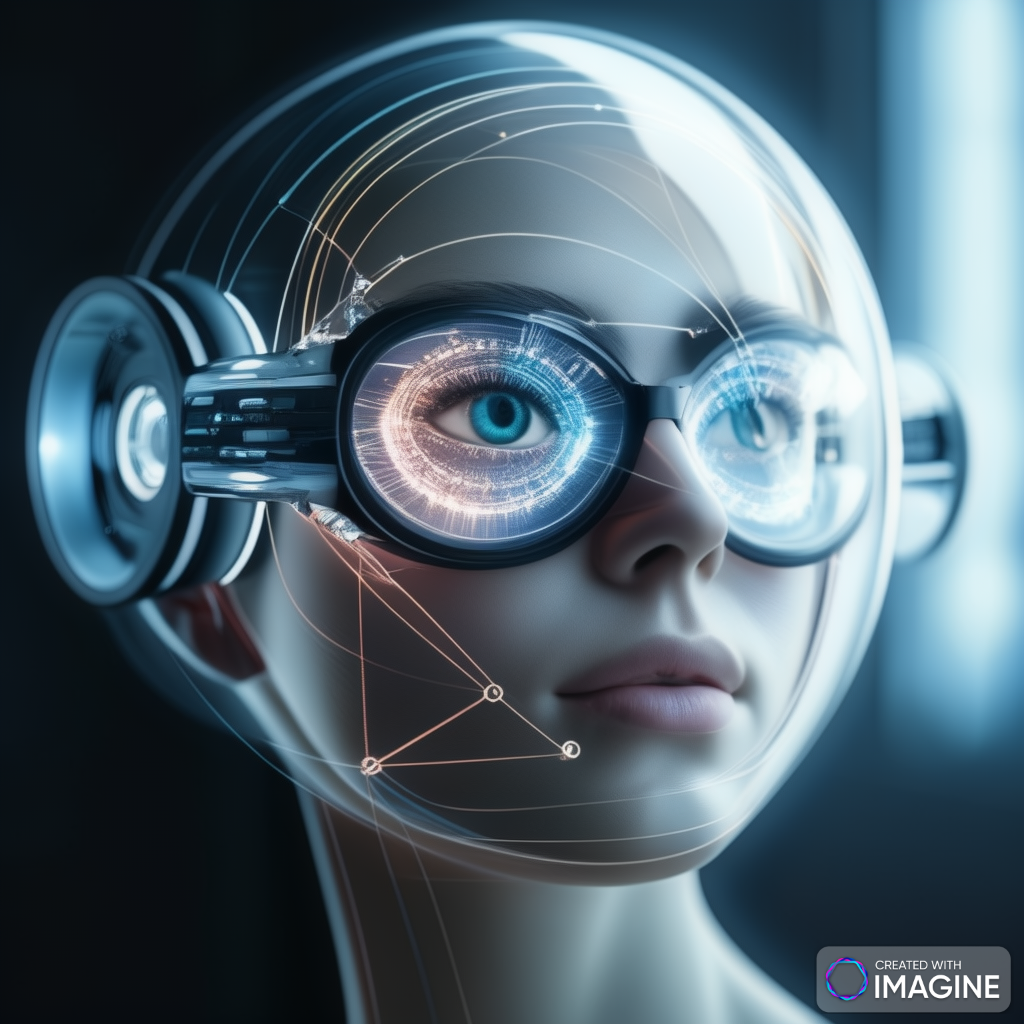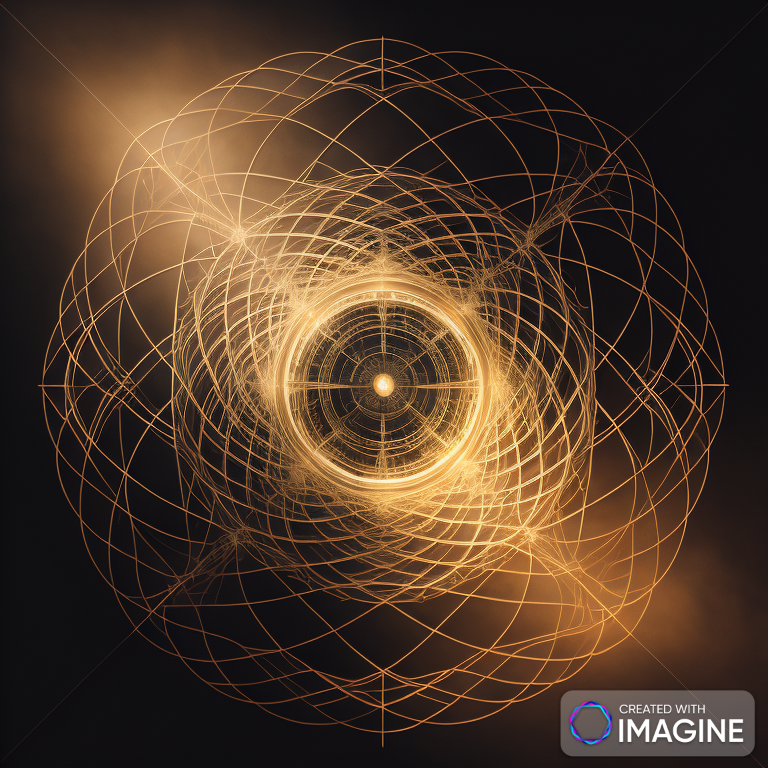Introduction: Understanding human vision has been a fascinating subject for scientists, researchers, and medical professionals for centuries. From deciphering how we perceive colors to unraveling the mysteries of depth perception, the study of human vision has led to groundbreaking discoveries and innovations. In this blog post, we delve into the scientific method used to study human vision, exploring the systematic approach researchers take to unravel its complexities.
1. Formulating a Hypothesis: The scientific inquiry into human vision often begins with the formulation of hypotheses based on existing knowledge and observations. Researchers propose educated guesses about specific aspects of vision, such as color perception or visual processing in the brain.
2. Designing Experiments: Once hypotheses are formulated, researchers design experiments to test their validity. These experiments may involve various techniques, such as psychophysical tests, neuroimaging studies, or computational modeling, to investigate different aspects of human vision under controlled conditions.
3. Data Collection and Analysis: During the experimental phase, researchers collect data through observations, measurements, and recordings. Advanced technologies like eye-tracking devices, functional magnetic resonance imaging (fMRI), and electroencephalography (EEG) allow scientists to gather precise data about visual stimuli and brain activity.
4. Drawing Conclusions: After collecting and analyzing data, researchers draw conclusions regarding the hypotheses they initially proposed. These conclusions are based on statistical analyses, patterns observed in the data, and comparisons with existing scientific literature.
5. Peer Review and Replication: Scientific findings related to human vision undergo rigorous peer review by experts in the field. Peers assess the validity of the research methods, data interpretation, and conclusions before publication in scientific journals. Replication studies conducted by independent researchers further validate the findings and ensure their reliability.
6. Integration and Application: The insights gained from scientific studies on human vision contribute to our understanding of visual perception and its underlying mechanisms. This knowledge finds applications in various fields, including medicine (e.g., diagnosing and treating vision disorders), psychology (e.g., understanding cognitive processes), and technology (e.g., improving computer vision algorithms).
7. Neurobiological Investigations: In addition to behavioral experiments, neurobiological investigations play a crucial role in studying human  . Researchers conduct studies using animal models, such as mice and primates, to explore the neural circuits and mechanisms underlying visual processing in the brain. Techniques like optogenetics, which allows precise control of neural activity, and calcium imaging, which enables real-time monitoring of neuronal responses, provide valuable insights into the neural basis of vision.
. Researchers conduct studies using animal models, such as mice and primates, to explore the neural circuits and mechanisms underlying visual processing in the brain. Techniques like optogenetics, which allows precise control of neural activity, and calcium imaging, which enables real-time monitoring of neuronal responses, provide valuable insights into the neural basis of vision.
8. Psychophysical Phenomena: Psychophysical phenomena, such as visual illusions, adaptation, and perceptual constancies, offer rich avenues for studying human vision. Researchers leverage these phenomena to investigate how the brain processes sensory information and constructs our perceptual experience. By designing experiments that manipulate visual stimuli and measure perceptual responses, scientists gain a deeper understanding of the underlying mechanisms governing human vision.
9. Computational Modeling: Computational modeling serves as a powerful tool for simulating and understanding complex processes in human vision. Researchers develop mathematical and computational models that mimic the behavior of the visual system, allowing them to test hypotheses and explore theoretical frameworks. These models help elucidate the computational principles underlying visual perception, aiding in the interpretation of experimental data and the development of predictive theories.
10. Multidisciplinary Collaborations: Advancements in the study of human vision often stem from multidisciplinary collaborations between scientists from various fields, including neuroscience, psychology, computer science, and engineering. By combining expertise in different disciplines, researchers can tackle complex questions about vision from multiple perspectives, leading to innovative approaches and holistic insights into the workings of the visual system.
11. Technological Innovations: Technological innovations play a pivotal role in advancing our understanding of human vision. State-of-the-art imaging techniques, such as functional MRI (fMRI), diffusion tensor imaging (DTI), and high-resolution microscopy, enable non-invasive visualization of brain activity and structural connectivity associated with visual processing. Emerging technologies like virtual reality (VR) and augmented reality (AR) offer new avenues for studying perception and creating immersive visual experiences.
12. Clinical Applications: Insights gained from scientific research on human vision have significant implications for clinical practice and vision-related disorders. Understanding the mechanisms underlying visual perception informs the diagnosis and treatment of conditions such as amblyopia, macular degeneration, and optic nerve disorders. Additionally, advances in vision science contribute to the development of prosthetic devices, visual aids, and rehabilitation strategies for individuals with visual impairments.
13. Ethical Considerations: As with any scientific endeavor, studying human vision raises ethical considerations regarding participant consent, privacy, and potential risks associated with experimental procedures. Researchers adhere to ethical guidelines and institutional review board (IRB) protocols to ensure the welfare and rights of human subjects participating in vision studies. Ethical considerations also extend to the responsible dissemination of research findings and the equitable access to benefits derived from vision research.
14. Educational Outreach: Educating the public about the science of human vision fosters awareness, appreciation, and engagement with the field. Outreach efforts, such as science exhibitions, public lectures, and educational programs in schools, serve to demystify vision science, inspire curiosity, and cultivate the next generation of vision researchers and enthusiasts. By sharing knowledge and fostering scientific literacy, these initiatives promote a deeper understanding of human vision and its importance in everyday life.
15. Future Directions: The study of human vision continues to evolve rapidly, driven by advances in technology, interdisciplinary collaborations, and the pursuit of fundamental scientific questions. Future research directions may focus on unraveling the neural mechanisms underlying higher-order visual functions, elucidating the role of genetics and environmental factors in vision development and perception, and harnessing innovative approaches to address pressing challenges in visual health and well-being.
16. Cultural and Societal Influences: Cultural and societal factors play a significant role in shaping human vision and perception. Different cultures may have distinct visual preferences, aesthetic norms, and perceptual biases influenced by language, upbringing, and societal norms. Studying the interplay between culture and vision provides insights into how environmental factors shape our visual experiences and preferences.
17. Environmental Context and Visual Experience: The environment in which individuals live and interact influences their visual experiences and perceptual abilities. Factors such as urban versus rural settings, natural landscapes versus built environments, and indoor versus outdoor lighting conditions can impact visual processing and adaptation. Investigating the relationship between environmental context and visual perception enhances our understanding of human vision in real-world settings.
18. Developmental Trajectories and Lifespan Changes: Human vision undergoes developmental changes from infancy through adulthood and into old age. Research on developmental trajectories of visual perception explores how sensory abilities, visual acuity, and perceptual skills evolve over the lifespan. Understanding age-related changes in vision informs interventions and accommodations to support individuals at different stages of life.
19. Individual Differences and Variability: Variability in human vision exists across individuals due to genetic factors, physiological differences, and unique life experiences. Studying individual differences in visual abilities, such as color perception, spatial processing, and motion detection, elucidates the range of human visual capabilities and informs personalized approaches to vision assessment and rehabilitation.
20. Cross-Cultural Studies and Comparative Vision Research: Cross-cultural studies and comparative vision research compare visual abilities and perceptual strategies across different species, cultures, and populations. By examining similarities and differences in visual processing mechanisms, researchers gain insights into the universality versus cultural specificity of visual phenomena and adaptive strategies employed by different species in diverse ecological niches.
21. Interdisciplinary Perspectives on Vision: Interdisciplinary perspectives on vision integrate insights from fields such as anthropology, sociology, art history, and philosophy to enrich our understanding of visual perception and its cultural, historical, and philosophical dimensions. Collaborative efforts between vision scientists and scholars from diverse disciplines foster interdisciplinary dialogue and broaden the scope of vision research.
22. Technological Advances in Vision Research: Technological advances continue to revolutionize vision research by enabling novel methods for data acquisition, analysis, and visualization. Innovations in imaging modalities, wearable sensors, eye-tracking technology, and machine learning algorithms provide researchers with powerful tools to investigate complex aspects of human vision and perception with unprecedented detail and precision.
23. Citizen Science and Participatory Research: Citizen science initiatives and participatory research projects engage members of the public as active participants in vision research. By involving non-experts in data collection, analysis, and interpretation, these collaborative endeavors democratize science, foster community engagement, and generate large-scale datasets for studying visual phenomena in naturalistic settings.
24. Addressing Health Disparities in Vision Care: Vision research also addresses health disparities and inequities in access to vision care services, particularly in underserved communities and low-resource settings. Efforts to improve eye health literacy, increase awareness of vision disorders, and develop cost-effective screening and intervention programs contribute to reducing disparities in visual health outcomes worldwide.
25. Global Collaborations for Vision Health: Global collaborations and partnerships among researchers, healthcare providers, policymakers, and advocacy groups promote vision health and equity on a global scale. Initiatives such as the World Health Organization’s Vision 2020 initiative and international alliances for blindness prevention aim to eliminate preventable vision loss, expand access to eye care services, and promote sustainable solutions for vision health worldwide.
Conclusion: The scientific method provides a systematic framework for studying human vision, enabling researchers to uncover its intricacies and unravel the mysteries of perception. By formulating hypotheses, designing experiments, collecting data, and drawing conclusions, scientists continue to advance our understanding of how we see the world around us, paving the way for innovations in healthcare, technology, and beyond.
References:
- Smith, E. (2019). Vision Science: Photons to Phenomenology. MIT Press.
- Goldstein, E. B. (2019). Sensation and Perception. Cengage Learning.
- Brainard, D. H., & Vision, S. (2018). The Science of Color. Oxford University Press.







